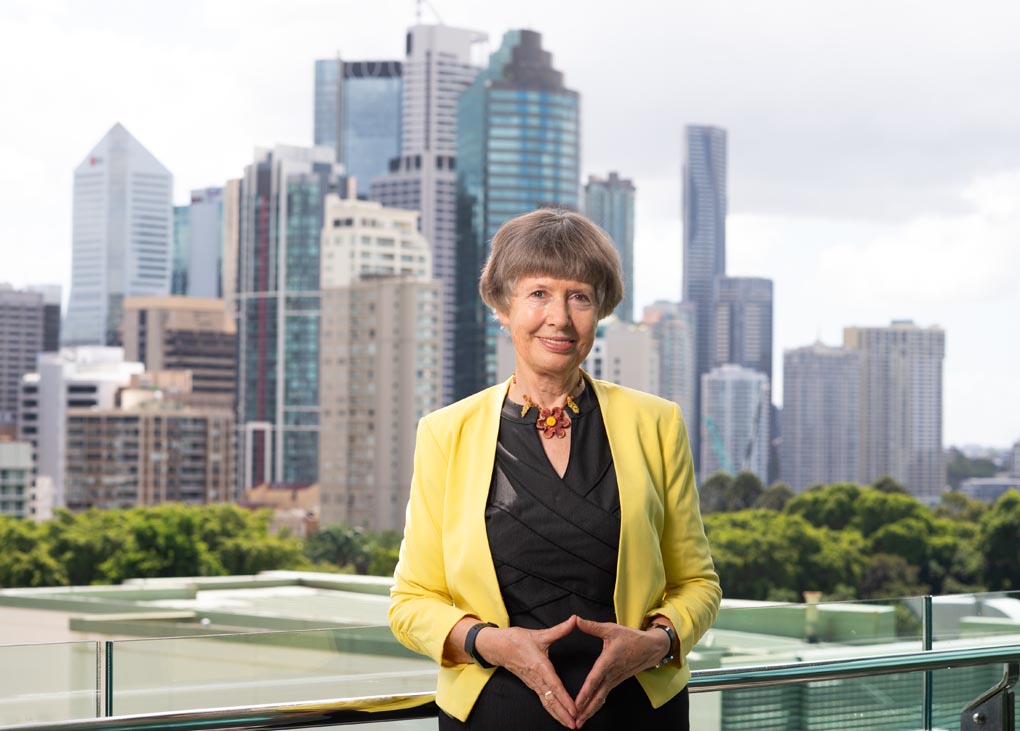A group of international experts has presented a blueprint for national indoor quality standards for public buildings. A recently published article in Science journal proposes threshold levels for carbon dioxide (CO2), carbon monoxide (CO), and PM2.5. It also includes requirements for ventilation rates.
HVAC&R News spoke to QUT Distinguished Professor Lidia Morawska, who led the group.
HVAC&R News: Why is this paper an important step in improving indoor air quality?
Prof. Morawska: It’s important from many different angles. It’s not that we just realised we need indoor air quality standards – scientists and experts, including myself, have been calling for this for a very long time. But it was very difficult to attract the attention of the community and regulators. Of course, the pandemic made people realise the importance of good indoor air quality, not only in relation to lowering the risk of infection transmission, but in protecting us from many other risks. So this was a moment to really step in and do something.
I established and led a group of colleagues from around the world – over 40 of them – from many different disciplines related to this big topic, to come up with something we call a blueprint for indoor air quality standards that can be mandated. The next step is to mandate them.
Was it challenging to bring all these experts together and come to a consensus?
It was one of the most challenging undertakings I’ve ever led. People are coming into this with different expertise, expectations and understandings of the topic. We had to get to the point that we were speaking the same language, that we understood what this is about, and that we could achieve consensus – exactly which parameters to measure, what levels to set up, and how to justify this. It was extremely complex.
It took well over a year, but the fact that we have consensus from this diverse group, this is the biggest strength of the work.
Was there input from engineers?
Of course, it’s a very important group in this whole discussion, because after all building engineering is what makes buildings operate. A large fraction of the group were engineers with many decades in this field.
The group consisted of experts from all over the world. Was that also a challenge?
It was less of a challenge than the fact that people were coming from different disciplines. It turns out that all countries around the world face the same problem, which is that we don’t have indoor air quality standards. Of course there are differences between countries, differences in how the legislated process operates and the responsibilities of different government bodies. But this aspect was probably less difficult than the fact that we needed to reach consensus on science and technology.
What compromises were made to enable the standard to work in the real world?
This was of course a big part of the discussion, because ideally we would like to measure many more parameters and many more pollutants. But the reality is that we cannot roll a monitoring station into every room. To work, the process has to be realistic. It has to be simplified to the bare minimum necessary, but also what constitutes the required number of pollutants to get an idea and understanding of indoor air quality.
So there were compromises. There was a long discussion about the inclusion of volatile organic compounds (VOCs). Low-cost sensors exist for many VOCs, but this is so much more complicated, that to include this wouldn’t have been possible. The four parameters we propose in the document can realistically be monitored, and that’s a good achievement.
What are the next steps?
The next big thing is to talk to every relevant regulatory body in Australia – my colleagues are doing the same in their respective countries – to first bring this to their attention. And to that extent we had an important event last week in Canberra, which was a presentation on clean indoor air, to a group of parliamentarians in Parliament House. Events like this hopefully raise awareness about the importance of this issue among politicians.
Then it is discussion on many different levels to find the home, in terms of the right government department, for this standard. This is what we are doing right now. The paper is necessary, but it’s not the end – it’s a continuation of the work.
Do you see much appetite within government for IAQ standards?
One complexity is that introducing standards and improving indoor air quality will require investment initially, and it’s not something that from one day to another people would say ‘Wow, the situation has really changed in Australia’. It is a long process, because it will require investment into designing new buildings that would comply with these new regulations, and it would require retrofitting existing buildings. It is a process for many years, if not decades, to come. So it is not very attractive to politicians.
From that point of view it is complex. But on the other hand, we are explaining the huge costs that society pays for inadequate indoor air quality – monetary costs but also costs in terms of health and infections. Realisation of this hopefully will shift the balance to taking action, despite the complexities involved.
To read the article presenting a blueprint for mandatory indoor air quality standards, go to Science journal.
 Mark Vender
Mark Vender


Leave a Reply